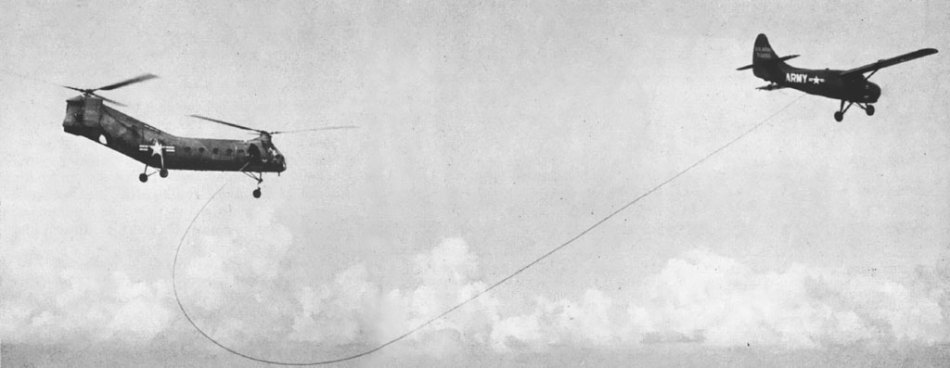(35) US Army/US Air Force Understanding of Relationship of Helicopters and Fixed-Wing Aircraft in Close Air Support, 16 September 1975
As a result of their experience in Vietnam, the Army and Air Force agreed on a concept of relationships regarding close air support assets. When given the opportunity, the Army had been unwilling to specify its requirements for a fixed-wing, close air support aircraft. The Air Force had adopted the Vought A-7D as an interim aircraft in the late 1960s and early 1970s, while it developed its A-X <which became the Fairchild
Republic A-10) close air support aircraft. When viewed from outside the services, the A-10 appeared to duplicate the mission filled by the Army's armed attack helicopters, whose numbers had vastly increased as a result of the McConnell-Johnson Agreement of 6 April 1966 and the successful employment of rotary-wing aircraft in Vietnam.
Due to the appearance of duplication, the House Committee on Armed Services sanctioned hearings on the matter. It resulted in a letter <included below, see p. 404) from the two chiefs of staff to the Chairman of the House Armed Services Committee which explained the complementary nature of Army-Air Force close air support assets. The Army viewed the attack helicopter as an extension of its ground units' organic firepower, while Air Force fixed-wing assets were centrally controlled and were more flexible in responding to theaterwide exigencies.
My experience of CAS is limited to the A-7 and F-4 and CSAR ORIs. Of the two I preferred working with the F-4 (besides CAS we used then for tactical photo recon for ground operations planning purposes. Never got opportunity to work A-10s until participating in Flintlock exercises circa 1986-1989. The A-10s were mostly being used to hunt tanks and not normally tasked to support CSAR sorties and provide CAS and tactical photo recon to PJ teams as needed. Never encountered an A-10 configured for tactical photo recon purposes either.





